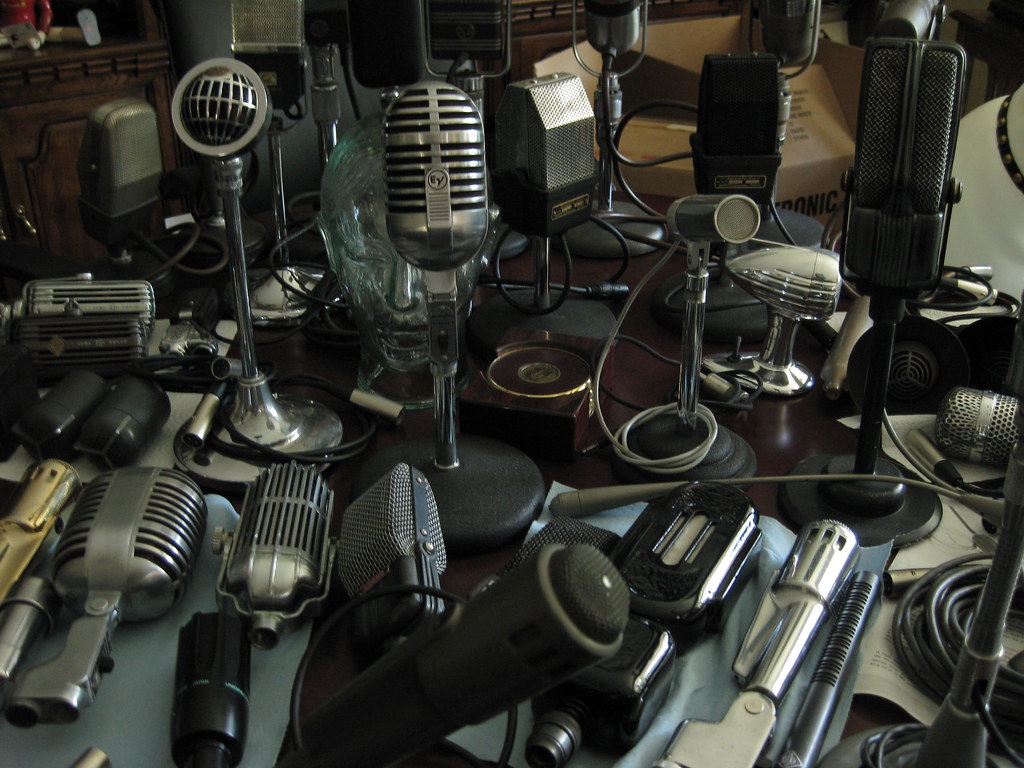
Summary
- I made three different motifs with onlinesequencer
Melody Terms and Definitions
In music, a triad is a set of three notes (or “pitch classes“) that can be stacked vertically in thirds.[1] The term “harmonic triad” was coined by Johannes Lippius in his Synopsis musicae novae (1612). Triads are the most common chords in Western music.
When stacked in thirds, notes produce triads. The triad’s members, from lowest-pitched tone to highest, are called:[1]
- The root
- The third
- The fifth
– Triad definition from Wikipedia
- Theme – a longer, more flowing melodic idea
- Motive – a short, rhythmic idea
- Period – 8 (ish/around 8) measures of music
- Phrase – 4 (ish/around 4) measures of music
- Antecedent (Question or First) Phrase – sets the music up and leads you to expect something
- Consequent (Answer or Second) Phrase – releases the tension built up by the first phrase
- Scale Degrees:
- Tonic Scale Degree – the note that begins and ends the scale, the note that releases the tension, one scale degree that creates a feeling of stability and resolution.
- Supertonic, Mediant, and Submediant Scale Degree – scale degrees with a moderate level of tension useful for transitioning and carrying on an idea
- Dominant, Subdominant, and Leading Tone Scale Degree – the notes that build tension, several scale degrees that create a high level of tension/the need to resolve the tonic
- Steps – any movement using half or whole steps
- Leaps – any movement using intervals larger than a whole-step
- Conjunct motion – melody built primarily out of steps that move smoothly (example: moving in a scale)
- Disjunct motion – melody built primarily using leaps
- Repetition (the god particle of music) – use repeated material to create a link between the two phrases of a period
- Contrast – write two phrases that contain contrast material to create tension and interest
- Variation – halfway between repetition and contrast. The two phrases include some recognizable material and some varied material.
Composition term definitions from Dr. Henke’s video: How to Write a Melody
- Dr. Jamie Henke, artsdivision.wisc.edu/staff/jamie-henke-jamie-henke/
My Motives
Feedback
- Write a few comments from other students or advisory members
- Cite the person who shared the comment
- Only use first names
What I Learned & Problems I Solved
I learned how to use online sequencer and I learned how to make simple motifs using this tutorial.


